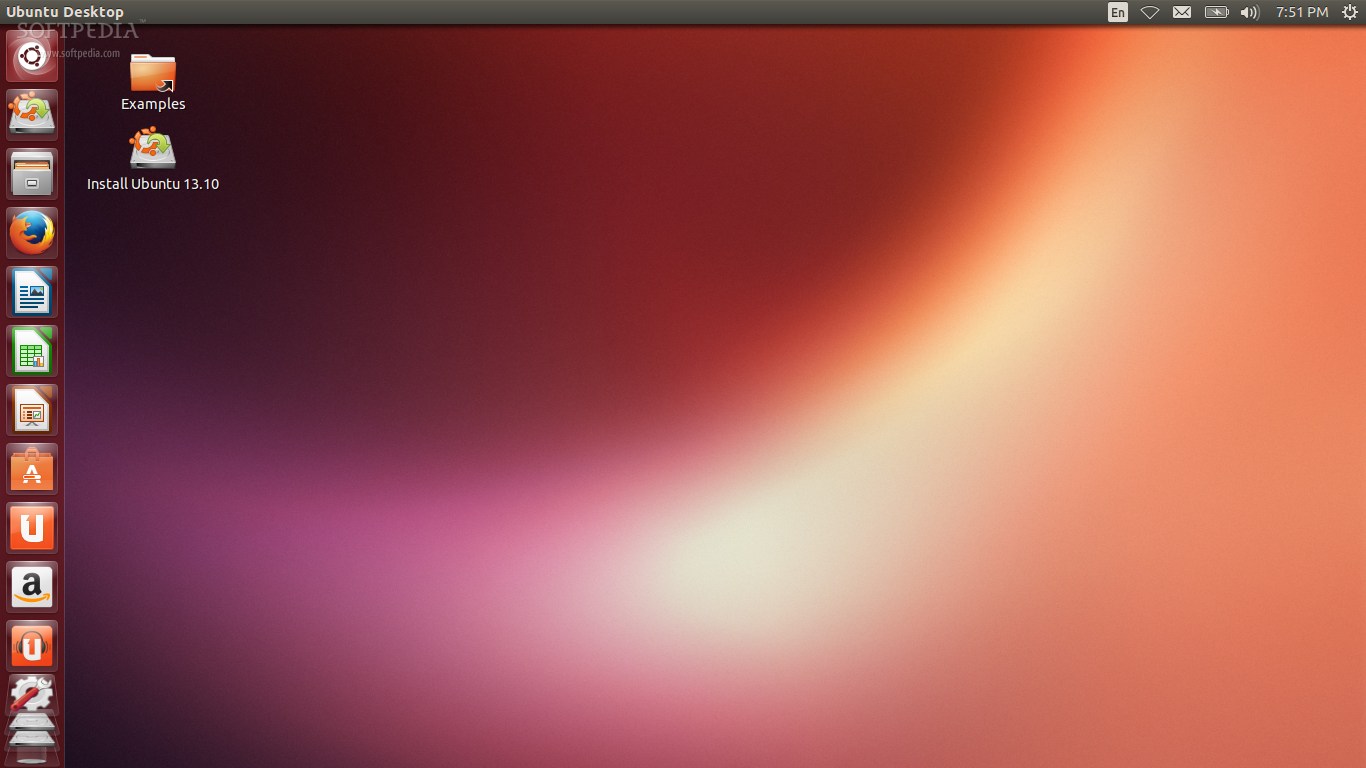
- Download ubuntu 14.04 headless server how to#
- Download ubuntu 14.04 headless server install#
- Download ubuntu 14.04 headless server download#
- Download ubuntu 14.04 headless server windows#
Download ubuntu 14.04 headless server windows#
This post (also at SourceForge) suggests, as I suspect, that your Windows manager is not starting. I have no idea if this will get the desired effect.Īnother post at SourceForge suggests (for Gnome users – not sure if you’re using Gnome) that “/usr/local/xrdp/startwm.sh” should look like this: #!/bin/sh Doing things in this manner will cause xrdp to use tightvncserver instead of vnc4server. It seem important to do tightvnc before xrdp.
Download ubuntu 14.04 headless server install#
He had to install tightvncserver, then install xrdp. This person was talking about TightVNCServer – he had to remove xrdp, vnc4server, tightvnc, as they seemed to be installed in the wrong order. I did find a related post at UbuntuForums. I have to do a sudo shutdown - 0 from the terminal. Again, probably dependent on my host’s environment.ģ) Shutdown and restart from the drop-down menu don’t work. No big deal, because I first tested Chrome and Thunderbird which worked fine so I figured it was something easy. I first thought my terminal wasn’t working, until I changed the color scheme. I suppose this depends on video settings, etc, on the host.Ģ) The default colors for the terminals were a black cursor, and lots of black text, on a black background. I just had to reconnect with a higher color depth. I almost jumped to the conclusion things weren’t working. 16, 24, and 32bpp all work fine, just not 8bpp. It looks like a monitor with the wrong frequency. Three things I saw, YMMV…ġ) Connecting with just 8bpp (256 colors) generates a completely unusable, skewed display. Thanks for this! Everything worked perfectly on the first go with four easy steps, almost.
Download ubuntu 14.04 headless server how to#
When using a fixed IP address, most routers do not know how to properly translate a name to the correct IP address,… unfortunately. Unfortunately most run of the mill routers do not offer this feature … to work around that issue, I ran DSNMasq on one of my servers for a while (although a little more cumbersome to do), and set the default DNS server to that server.Ĭheck your router and see if it has this option.Īn alternative is using the “hosts” file on your machine (under Linux under “/etc”) which maps an IP address to a name.Īnother alternative, is when your router automatically assigns an IP address automatically to the machine, in this case the internal DNS of the router should know how to translate this as well. You can even assign multiple “names” to one IP address (ideal when you’re running a local webserver but you have several virtual hosts on one server). Or in other words: in my router I can make an “alias” that translates to the desired IP address. I use DD-WRT on my router, which offers DNSMasq.

Your router has to resolve the name properly, which is done differently for each router. Note : if you really need Copy/Paste functionality between the two machines, then please use Ubuntu’s default installed “Desktop Sharing” instead (MacOS X users read this forum post). This seems related to 3D acceleration and nobody seems to care (since 2011, according to bug reports). Since Ubuntu 12.10 (if I’m not mistaken), xRDP doesn’t seem to work with the Ubuntu desktop anymore … unless you use an alternative desktop manager. This is where xRDP comes in play, an open source remote desktop protocol (RDP) server. It actually runs VNC protocol over RDP as far as I understand, yet if behaves much better than VNC by itself (possibly because of the used desktop manager). So how can we use RDP to control our Ubuntu box remotely?

RDP is however a proprietary protocol from Microsoft. VNC has this streak of “JPEG” quality and slow behavior, whereas RDP is fast and crystal clear. The OpenJDK 11 is included in the Ubuntu 20.04 base repository.To remotely control my Windows machines, I always prefer to use RDP ( Remote Desktop Protocol) as it performs much nicer than VNC ( Virtual Network Computing). We are using Ubuntu 20.04 for installing the latest java versions. The JDK 12 has been superseded because it does not include the most up to date security vulnerability fixes and is no longer recommended for use in production.įor instance, if you are not sure which java package you should install, then it is suggestted to install JDK 11. At the time of preparing this post, JDK 11 is the latest long-term support (LTS) release, whereas 13, 14, and 15 are the feature releases of Java. The new versions of Java are released gradually.
Download ubuntu 14.04 headless server download#
Download and install JDK if you are focused on creating Java applications.

On the other hand, JDK contains JRE and other debugging and development tools. The JRE includes Java virtual machine (JVM), classes, and binary files that are necessary to run the Java program.

The Java Runtime Environment (JRE) and Java Development Kit (JDK) are OpenJDK packages.


 0 kommentar(er)
0 kommentar(er)
